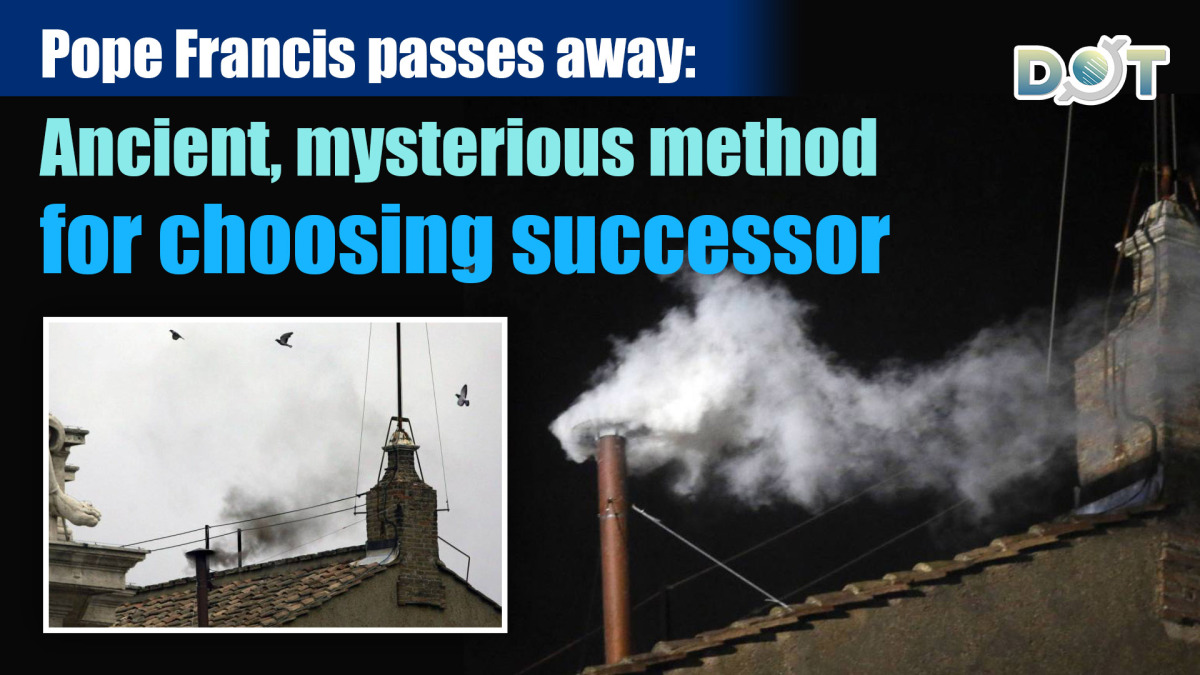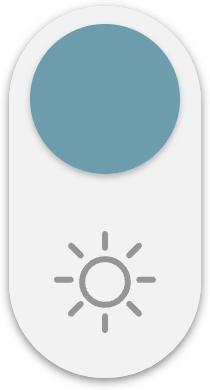
Pope Francis, the 266th leader of the Roman Catholic Church, died on April 21 at the age of 88. The Vatican has entered the transitional period of Sede Vacante and will follow centuries-old traditions to elect a new pope.
Under the world's oldest electoral system, the College of Cardinals will convene a Conclave (secret meeting) in the Sistine Chapel to vote for the next pope. During the election, all cardinals will reside in the Vatican's Casa Santa Marta (St. Martha's House), with communication devices banned and anti-eavesdropping measures in place to ensure secrecy.

Up to four rounds of voting are held daily (two in the morning and two in the afternoon). A candidate must secure at least two-thirds of the votes to be elected. If successful, white smoke rises from the Sistine Chapel chimney; black smoke signals no consensus, prompting another round. If no agreement is reached after 12 days, the process may shift to a simple majority vote.

When white smoke appears, the bells of St. Peter's Basilica ring out. The senior-most cardinal will ask the elected candidate if he accepts the papacy. If he agrees, the new pope chooses his regnal name and appears on the basilica's balcony. The Proto-Deacon then proclaims, "Habemus Papam" (We have a pope), formally announcing the election to the world. An inaugural Mass follows within days.

The longest papal election in history occurred in the 13th century: the nearly three-year conclave to elect Gregory X, marked by internal divisions and external interference, lasted from November 1268 to September 1271. To prevent such chaos, Gregory X introduced reforms isolating electors in a locked room, giving rise to the term conclave.
Related News:
Pope Francis grants women first-ever opportunity to vote at meeting




















Comment